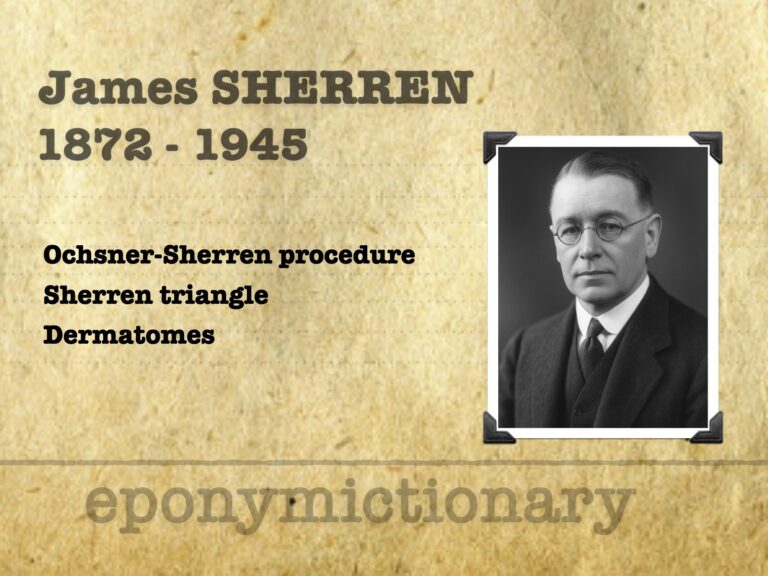
James Sherren
James Sherren (1872-1945) British General surgeon. Eponym: Sherren's triangle - area of hyperaesthesia associated with appendicitis

James Sherren (1872-1945) British General surgeon. Eponym: Sherren's triangle - area of hyperaesthesia associated with appendicitis
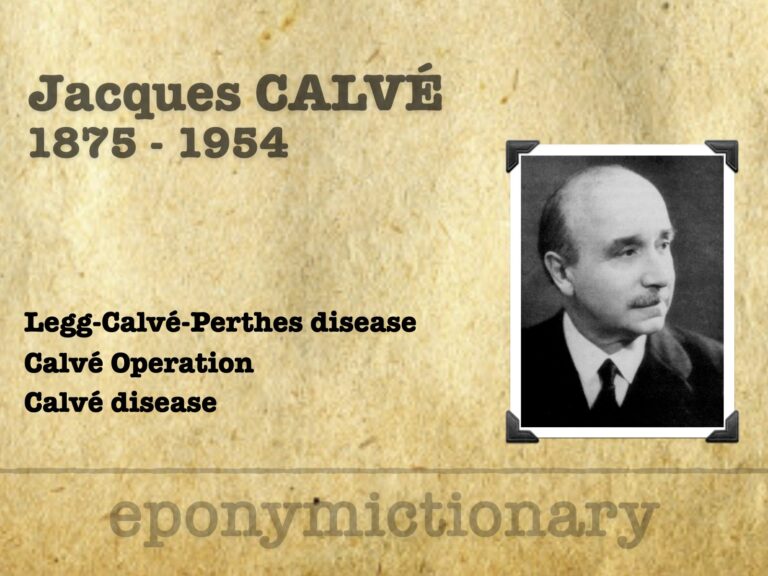
Jacques Calvé (1875–1954), French orthopaedist. Defined vertebra plana, advanced spinal TB care, and described Legg–Calvé–Perthes disease
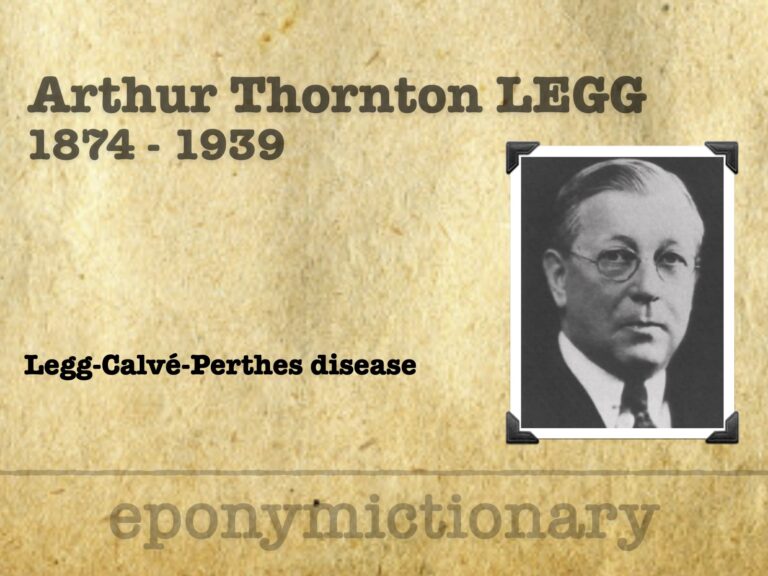
Arthur Thornton Legg (1874–1939), American orthopaedic surgeon, described Legg–Calvé–Perthes disease, clarifying its non-tuberculous origin

Georg Perthes (1869–1927), German surgeon. Described Perthes’ test for varicose veins (1895) and arthritis deformans juvenilis, later known as Perthes disease (1910)

Ben J. Wilson (1920–2015), American surgeon who coined 'necrotizing fasciitis' in 1951, Parkland Hospital leader, and pioneer in surgical infection care
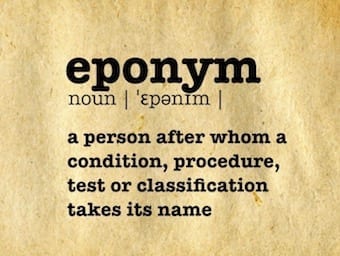
Alexander Burns Wallace (1906–1974) was a Scottish plastic surgeon. Published the Wallace Rules of nine for burn size estimation in 1951
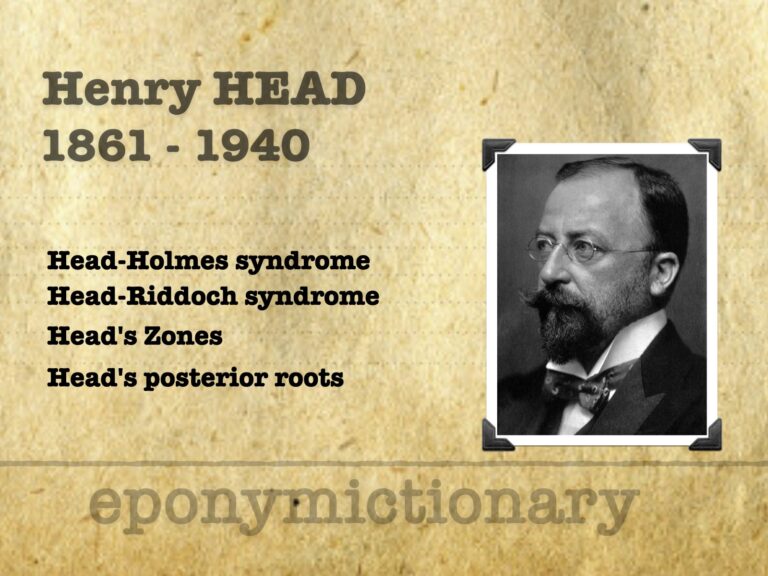
Sir Henry Head (1861-1940) was an English neurologist. Peripheral sensory dermatomes in man Head's zones (1893-1896)
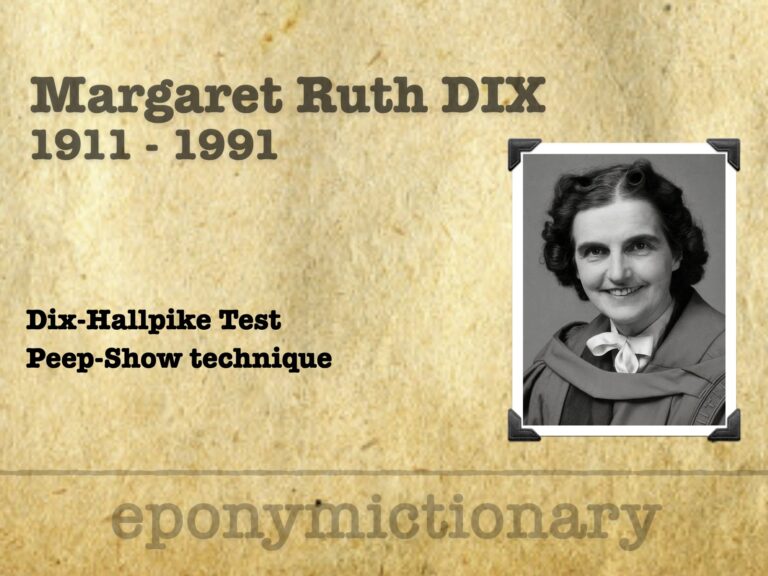
Margaret Dix (1911–1991), British neuro-otologist who co-developed the Dix–Hallpike test, reshaped diagnosis of vertigo and advanced vestibular science

Harold Leeming Sheehan (1900-1988) was an English physician and pathologist. Eponymously remembered for his description of Sheehan Syndrome in 1937

Swiss physician Gaspard Vieusseux (1746–1814) described cerebrospinal meningitis in 1805 and gave the first clinical account of lateral medullary syndrome.
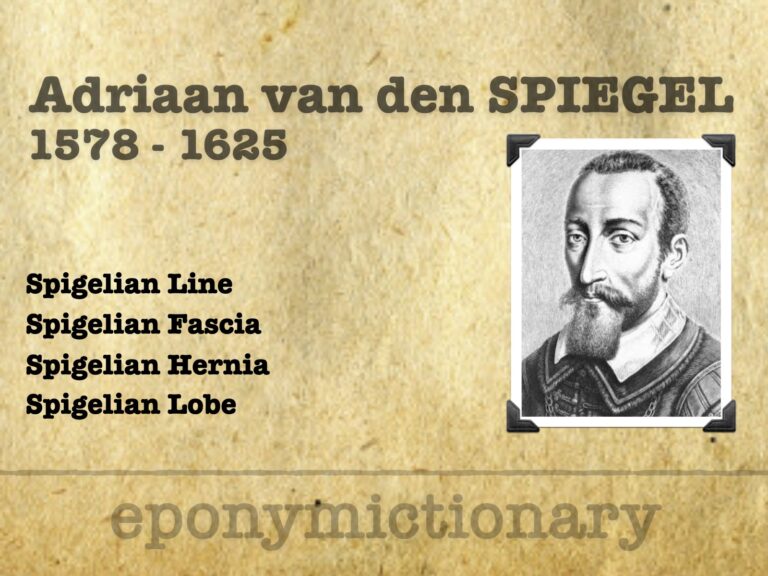
Adriaan van den Spiegel (1578–1625), Flemish anatomist; described Spigelian line, fascia, hernia, and liver lobe in his posthumous atlas.
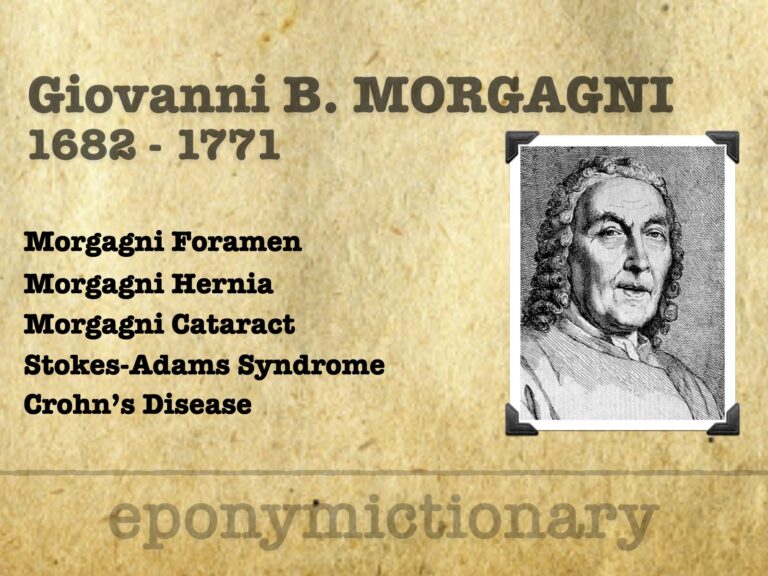
Giovanni Battista Morgagni (1682–1771), father of pathology, pioneered clinico-anatomical correlation; his De sedibus shaped modern medicine.